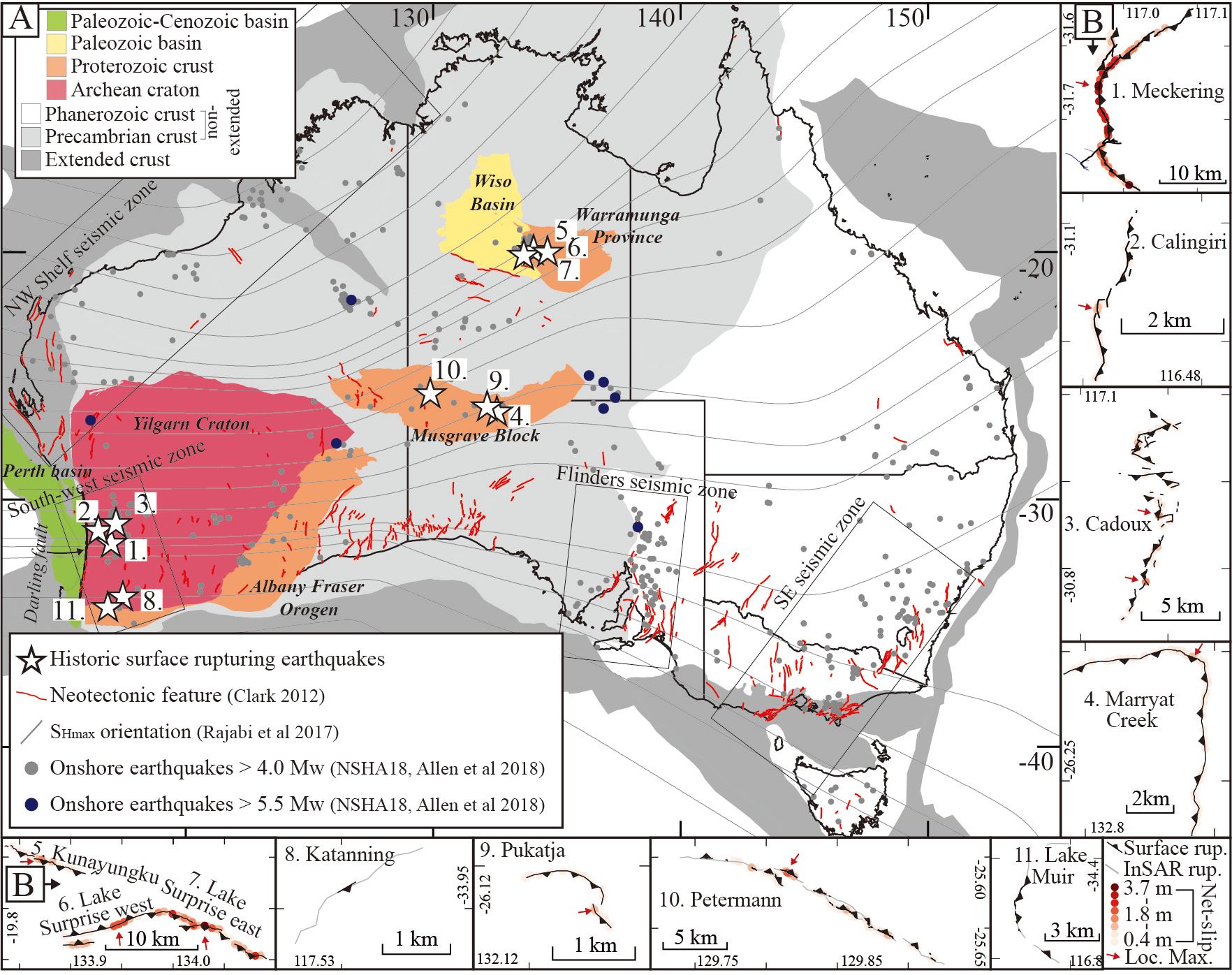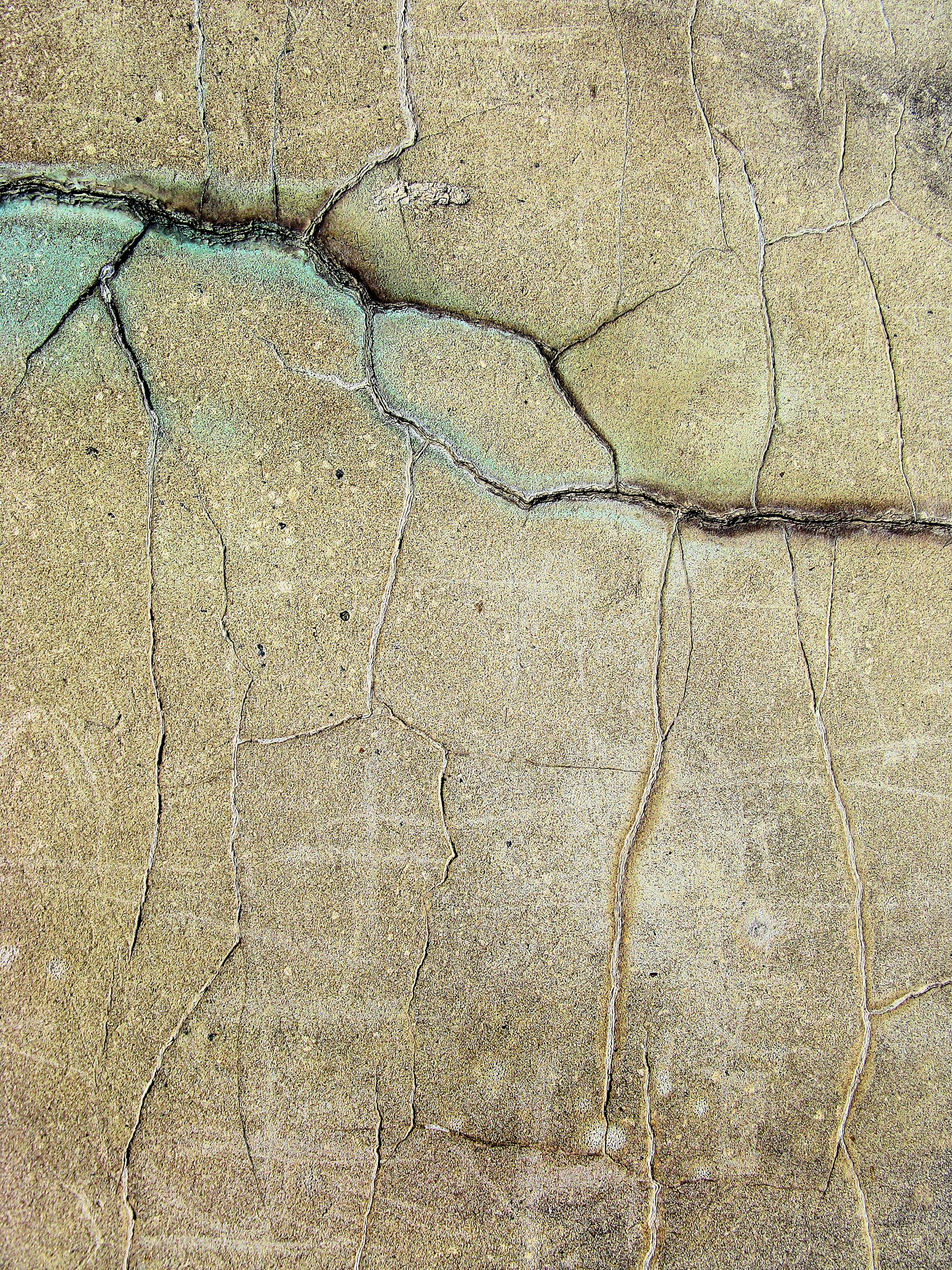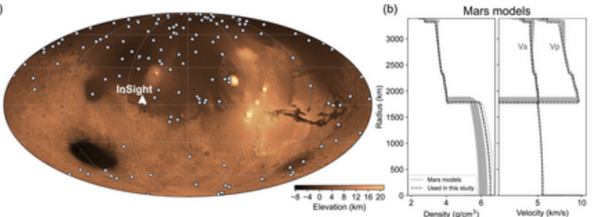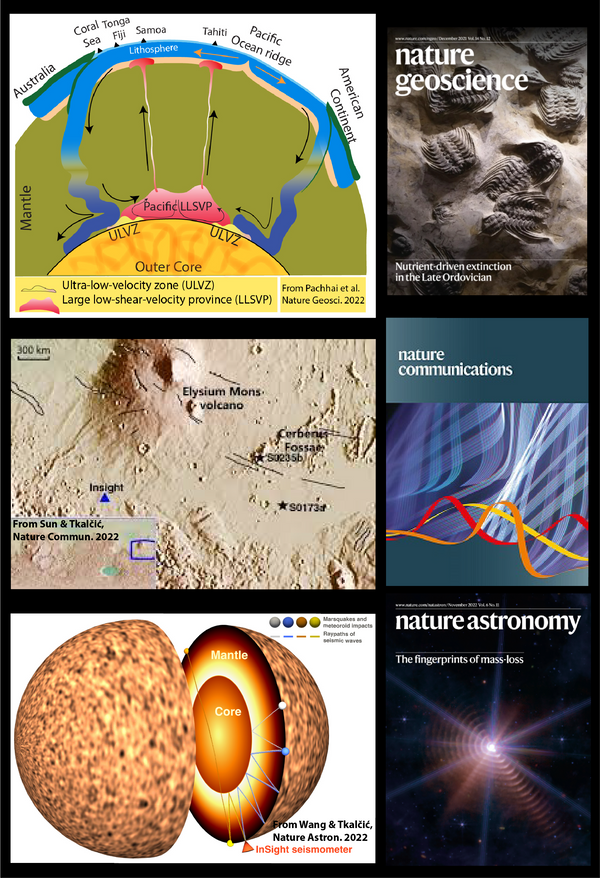Do Australian earthquakes matter?
A recent comprehensive study on the surface-rupturing earthquakes in Australian stable continental regions by Yang et al. (2021) shows contrasting features between intraplate and interplate earthquakes.
Being far from plate boundaries, it generates a relatively low strain rate ( $< 10^{-16} s^{-1}$) that yields a recurrence time of large intraplate earthquakes >1000s years, which is much longer than the instrument record history. The paucity of historic earthquakes in vast continental interiors can give residents a false sense of seismic security, even though intraplate earthquakes have caused more fatalities than interplate earthquakes.

Australian stable continental regions are not immune from seismicity. Since 1968, 11 historical surface-rupturing earthquakes with moment magnitude (Mw) between 4.7 and 6.6 have occurred in Australian stable continental regions. These account for more than half of the instrumented global cratonic earthquakes that ruptured the ground surface. We find that the surface rupture length, maximum displacement, and the probability of surface rupture at a specified Mw are high compared with equivalent Mw earthquakes globally.

The difference between the Australian earthquakes and other earthquakes may be attributed to (1) a steep cratonic crustal strength gradient at shallow depth, promoting shallow hypocenters (~1-6 km) and limiting downdip rupture width (~1- 8.5 km) and (2) favorably aligned crustal anisotropies (e.g., bedrock foliations, faults, fault intersections) that enhanced lateral rupture propagation and/or surface displacement.
The surface rupture complexity is relatively high for the shallow intraplate earthquakes in Australia when compared with the global compilations of continental earthquakes. Surface rupture geometries are controlled by bedrock fabrics. When the host bedrock contains a dominant bedrock fabric that is structurally continuous at the scale of surface ruptures (e.g., 10s km) and oriented perpendicular-to-high angle with respect to gravity gradients and $S_{Hmax}$, then it tends to produce relatively simple and straight surface rupture (e.g., Petermann). If the bedrock fabric consists of intersected segments with variable orientations at the scale that is comparable to the surface rupture length, it tends to produce complex surface ruptures (Meckering and Cadoux).
The S-transform analysis indicates that maximum displacement occurs proximate to or directly within zones of enhanced fault geometric complexities (e.g.,step-overs or intersections), consistent with stress amplifications and enhanced slip variability due to geometric and kinematic interactions with neighboring faults. It also shows depth controls on the rupture source (e.g., shallow earthquakes exhibit high-frequency displacement variations with wavelengths similar to rupture width).
The geometric compatibility or incompatibility of fault intersection zones provides a fruitful avenue for future research. It is clear from this study that fault intersections should not be simply treated as converging areas where displacement tapers to net-zero slip in seismic hazard assessment. In some cases, fault geometric complexities could be forecast to have slip maxima; this is particularly important to consider in probabilistic fault displacement seismic hazard analyses for critical infrastructure.
References
Yang, H., Quigley, M. and King, T.R., 2021. Surface slip distributions and geometric complexity of intraplate reverse-faulting earthquakes. GSA Bulletin doi: https://doi.org/10.1130/B35809.1
King, T.R., Quigley, M. and Clark, D., 2019. Surface-rupturing historical earthquakes in Australia and their environmental effects: new insights from re-analyses of observational data. Geosciences, 9(10), p.408. https://doi.org/10.3390/geosciences9100408
Read more about Australian Earthquakes




